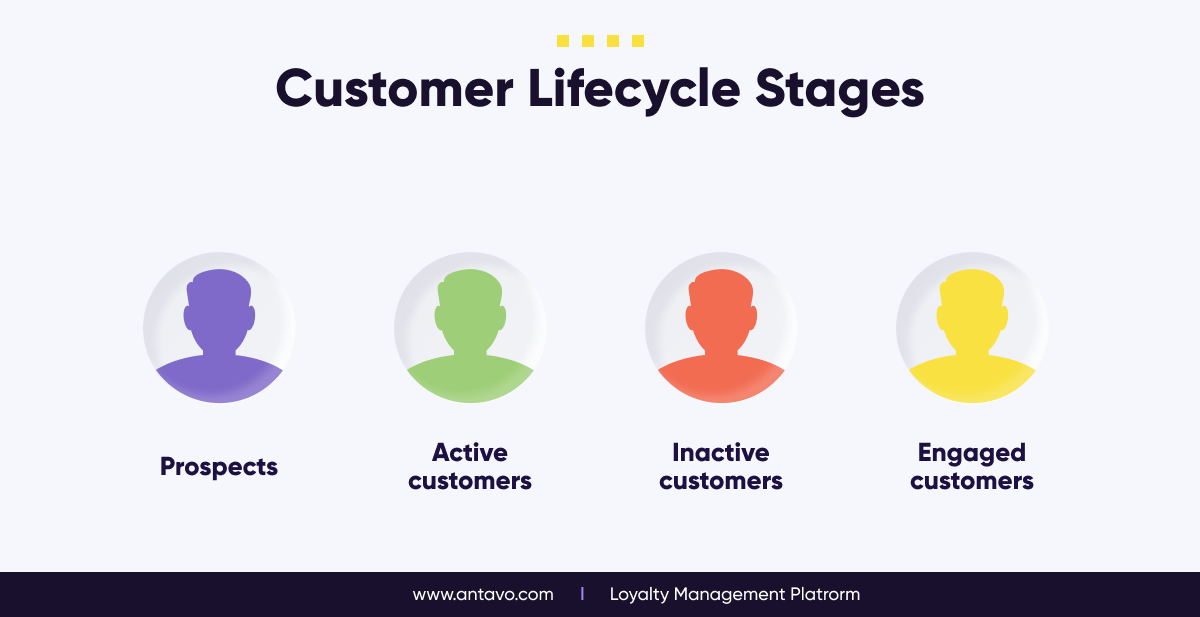Blggzz: Your Daily Dose of Insight
Stay updated with the latest news and informative articles.
From Rookie to Fanatic: Navigating the Player Lifecycle Marketing Maze
Unlock the secrets of player lifecycle marketing! Transform from novice to expert with our ultimate guide to mastering fan engagement.
Understanding the Player Lifecycle: Key Stages from Rookie to Fanatic
The player lifecycle consists of several distinct stages, each representing a different level of engagement and commitment to the game. The journey typically begins with the rookie stage, where new players explore the fundamentals and develop their skills. This initial phase is crucial as it sets the foundation for future growth and interest. As players gain confidence and expertise, they transition into the intermediate stage, where they start to refine their techniques and may begin to participate in more competitive environments. This progression is essential for maintaining motivation and fostering a deeper connection with the sport.
As players continue to invest time and energy into their chosen activity, they may advance to the advanced stage, characterized by a strong commitment to both skill development and competition. At this point, players often seek out higher levels of play and may form lasting bonds with teammates, coaches, and mentors. Ultimately, this commitment can lead to the fanatic stage, where individuals not only excel at the game but also become passionate advocates and supporters, enhancing the community around the sport. Understanding these stages of the player lifecycle is vital for coaches, marketers, and organizers seeking to cultivate engagement and enthusiasm at every level.

Counter-Strike is a highly popular tactical first-person shooter game where teams of terrorists and counter-terrorists compete to complete objectives. Players can enhance their gaming experience by utilizing platforms that offer various promotions, including a betpanda promo code for additional bonuses. The game's competitive nature and strategic gameplay have made it a mainstay in the esports community.
Top Strategies for Engaging Players at Every Lifecycle Stage
Engaging players throughout their lifecycle is crucial for the long-term success of any game. One of the top strategies involves personalized content, which caters to the unique preferences and behaviors of players. By analyzing user data, developers can implement features such as dynamic challenges or customized rewards. Additionally, employing onboarding techniques assists new users in acclimating to gameplay mechanics, ensuring they remain invested from the very start. Utilizing tools like tutorials, guided missions, and in-game notifications keeps players informed and excited about progression.
Another effective approach is engaging players through community-driven events. Organizing regular tournaments or challenges creates a vibrant community atmosphere that encourages interaction among players of all lifecycle stages. Utilizing social media for announcements and event highlights can boost excitement and participation. Furthermore, recognizing players' achievements through features such as leaderboards and badges fosters a sense of accomplishment, motivating players to stay engaged. By focusing on both individual rewards and community benefits, developers can enhance player retention and satisfaction.
How to Analyze and Optimize Player Journeys in Marketing
Analyzing and optimizing player journeys in marketing is essential for engaging your target audience and driving conversions. The first step involves gathering data on user behavior throughout their journey, from initial awareness to eventual action. By leveraging tools like Google Analytics or heatmaps, you can track how players interact with your content. This analysis allows you to identify key touchpoints and potential drop-off areas. For example, if a significant number of players are abandoning the sign-up page, it's crucial to investigate and adjust elements such as the form's length or layout to enhance usability.
Once you've analyzed the data, optimization becomes the next priority. Implementing A/B testing can help you experiment with different marketing strategies and content formats to see what resonates best with players. Consider experimenting with personalization techniques; tailored messages can greatly improve engagement rates. Additionally, reviewing user feedback is invaluable; encouraging players to share their thoughts can provide insights that data alone may not reveal. By continually refining player journeys based on both quantitative and qualitative insights, you can foster a more engaging and effective marketing strategy.